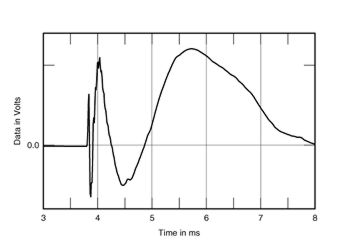"i agree for 100% , the open baffle desigh is made for folk who is looking for something unsual , The speaker bulders using old idea like new , Nothing magic . Depend of baffle size , sound wave from front cone meet wave from back and kill each other, The best open baffle is infinity size baffle. For size 20-25" you did not get low base, If you dont care about listen as is, If not --get sub , NO BENEFIT
Placebo effect"
This shows a mis understandng of open baffle. If drivers were facing each other and fired toward each other, we clearly have cancellation. An open baffle fires forward Sound waves and they move forward. When the rear waves fire out of the rear, they are not directly battling the front wave causing cancellation. Ralph had the right idea. The rear waves take time to bounce off of rear or side walls and end up coming forward firing in the same direction and reinforcing the front wave, the front and rear waves do not meet head to head causing cancelation. What you get is a delayed effect for much of the frequency causing a spatial effect, which I assume is why a certain speaker company chose that name. The real challenge is moving enough air at low frequencies to produce satisfying bass.which can be done.


